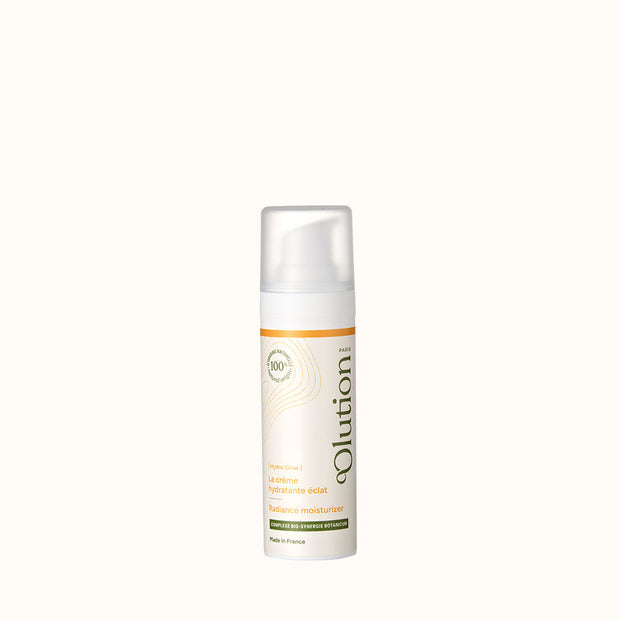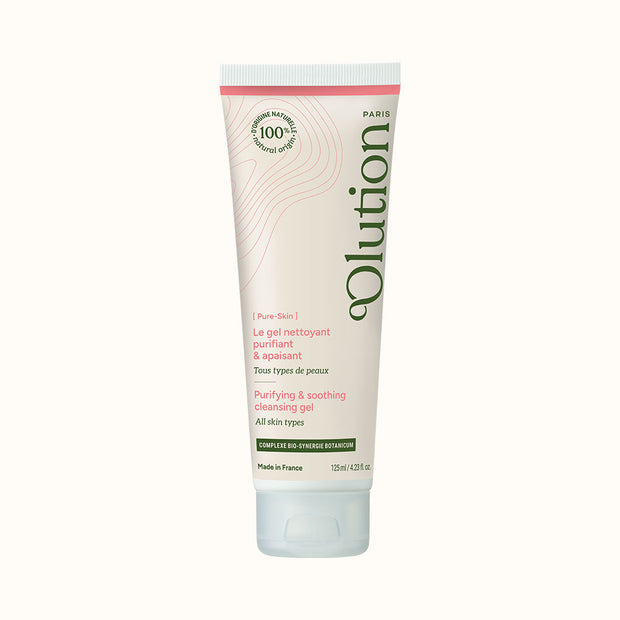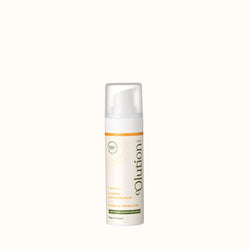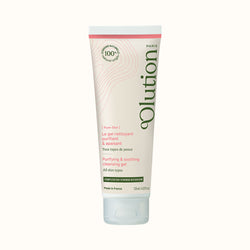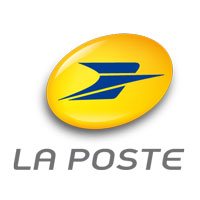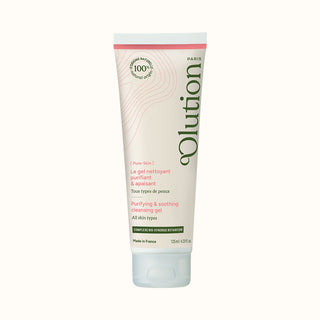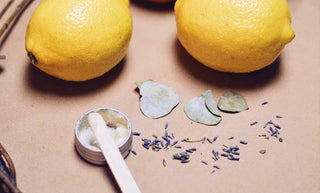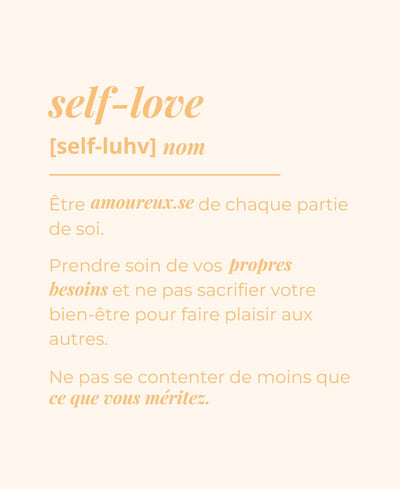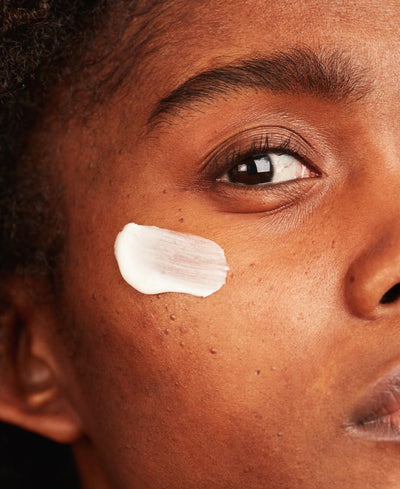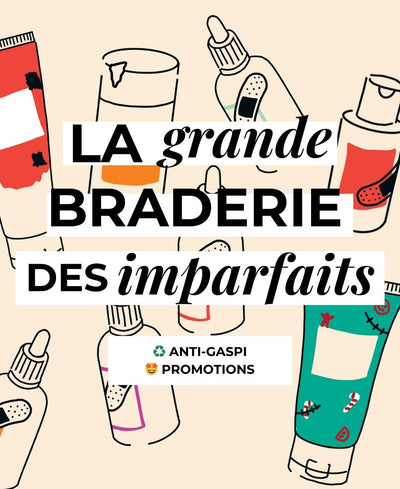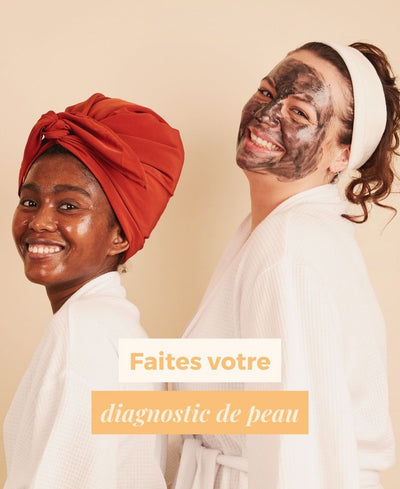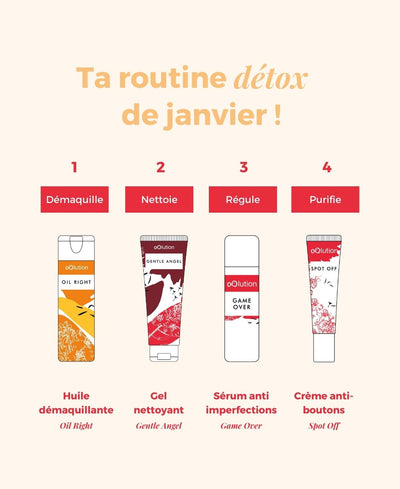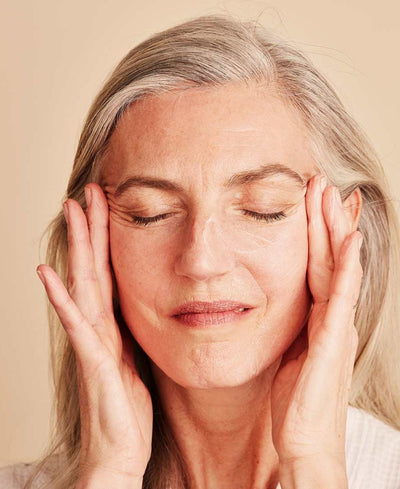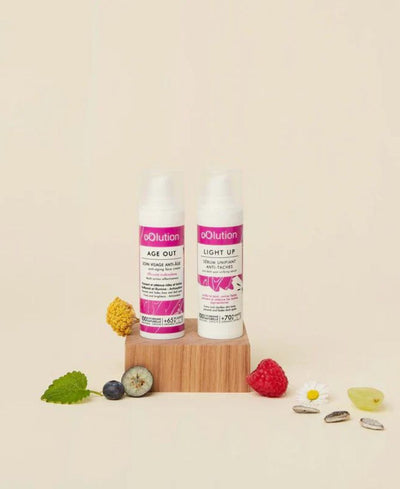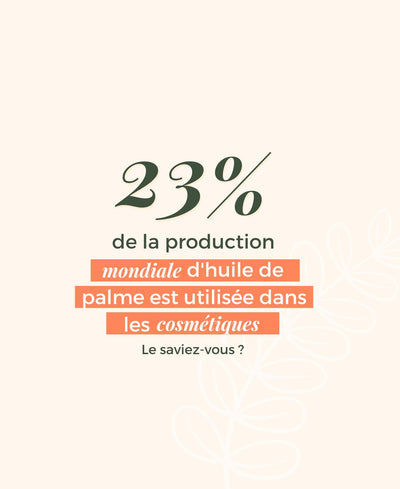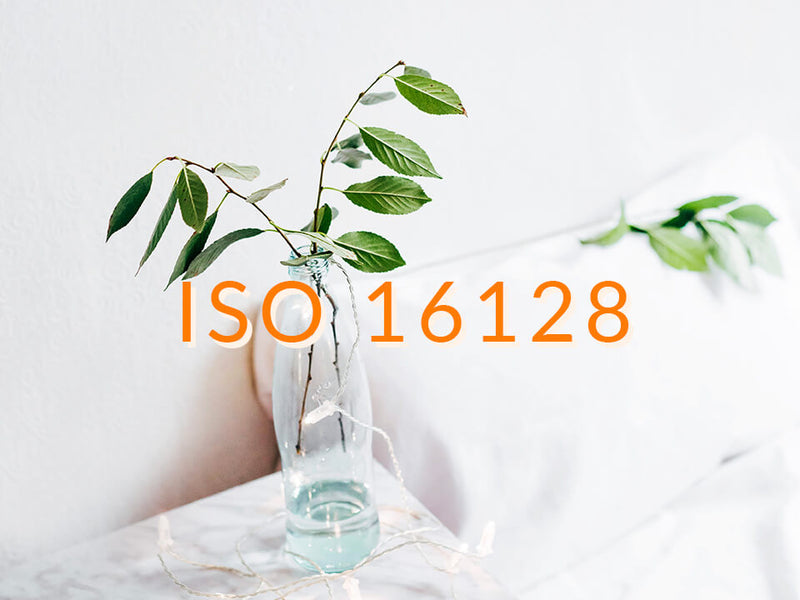
Natural cosmetic standard: real assurance or a lie?
Written on 13.Jan.20 by Anne-Marie - Updated on 01.Oct.21
Behind the obscure title ISO Standard 16128 lies an a priori laudable ambition: to harmonize definitions of organic and natural cosmetics at international level. A tool for greater clarity, and therefore better consumer information and protection? A dream come true! Alas, 6 years of work involving some thirty countries have produced a precious standard for... manufacturers. A prestigious guarantee for their greenwashing, and arguments to promote the naturalness of their petrochemical creams: we tell you all about it.
What does this standard say?
Agree internationally on what is meant by natural or organic cosmetics? Finally speaking the same language? Now that's an interesting idea! And ambitious... ISO Standard 16128 has the merit of proposing a solution.
Firstly, it defines 4 categories of cosmetic ingredients: natural ingredients , organic ingredients and ingredients of natural or organic origin , which must be made up of more than 50% natural or organic raw materials.
Then she gives them a clue:
- 1 for a natural/organic ingredient,
- 0 if synthetic/non-organic,
- and between these 2 extremes:original ingredients get intermediate scores depending on the percentage of natural or organic in their raw materials.
It is then possible to calculate how natural or organic a cosmetic is based on the "grade" of each of its ingredients and their proportion in the finished product. An apparently rigorous approach.
However, the first major warning signal was given quite early on, when the Cosmebio and Ecocert labels slammed the door on the working group. They refused to act as green guarantors for what they saw as a vast smoke and mirrors operation. All that remained for France were the big conventional laboratories, massively represented due to exorbitant entry fees. The German delegation as a whole voted against all the texts. A far cry from consensus... So what's wrong?
The biggest problem(s): what it doesn't say
The list goes on and on!
1. A non-binding standard with no controls
It's a standard. Not a law, not a label, not even a specification. Its application is voluntary. However, some ISO standards provide for control and certification procedures. But this is not the case: ISO 16128 only expresses confidence in the good faith of suppliers and manufacturers (a nervous laugh escaped you? and us!). In other words, companies only apply this kind of standard for advertising and image purposes.
2. A standard that does little to harmonize
Usually, a standard seeks... to harmonize. That's even its raison d'être. In this respect, ISO 16128 completely misses the mark: in order to satisfy everyone, it adapts to the legislation of each country. What does this mean in practice? It only bans GMOs in countries where they are already prohibited. And for the definition of organic ingredients, it refers to the organizations of the country where the cosmetic is produced. In other words, it's useless!
3. No threshold for using the terms organic and natural
The ISO 16128 standard does not define any threshold below which a cosmetic cannot use the words organic or natural on its packaging or advertising. Regardless of the percentage, a cosmetic can display a huge ORGANIC or NATURAL label with a tiny "xx%" next to it, claiming to comply with the ISO 16128 international standard (doesn't that look good?). As the standard itself points out, it says nothing about product communication and labelling.
4. A discounted naturalness criterion
Let's take a closer look at the natural criterion: it concerns ingredients of plant, animal and mineral origin. Water falls into this category. It is therefore taken into account when calculating the naturalness of cosmetics. And what is the main ingredient in most conventional cosmetics? Bingo, water. It often represents 60 to 90% of the total! You don't need to add much to achieve a formidable percentage of natural origin. Even with 100% petrochemical components for the rest. Don't you feel like you're being taken for a fool?
5. No blacklist
ISO 16128 does not define a blacklist of ingredients. Not even the most controversial ones! In other words, a cosmetic product can be full of parabens, silicones, solvents, phenoxyethanol... and still claim to be natural.
The icing on the cake, with ingredients of naturalorigin: here too, no ingredient is disqualified or penalized for its content of suspect, toxic or polluting raw materials. As soon as an ingredient is made up of more than 50% natural raw materials, all is well with the standard. Are the remaining 49.9% petrochemicals? It prefers to ignore this. Silicones are an ecological disaster? Maybe, but if they're made from sand, they can be used as a naturalness argument... It's like dreaming!
6. Natural cosmetics through the looking glass
Finally, it does not exclude or penalize any production process for qualifying an ingredient as being of natural origin. A component can be obtained using processes that are the most dangerous to health and the environment, and the standard has nothing to say about this. Not even a tiny malus on the final score. Nor is there any notion of the social and ecological sustainability of the raw materials used. What about packaging? Not a word. Traceability of ingredients? What does that mean? Ethics? Not a topic. We couldn't agree more: organic and natural cosmetics aren't just about calculating indices, with blinders on to everything else that revolves around them. It's a set of values.
Result: conventional cosmetics painted green
To put it plainly, with ISO 16128, deception is guaranteed. Your skincare product can claim to contain " over 65% ofnatural ingredients in accordance with ISO 16128" and still not contain a single 100% natural ingredient! It's full of petrochemicals in packaging packed with endocrine disruptors, produced using a highly polluting process in factories that exploit entire populations on the other side of the planet. Perhaps, in the process, overexploiting resources and endangering ecosystems. But the standard, made by and for the cosmetics industry, will endorse it.
It certainly can't claim to be all-natural in France: the Autorité de Régulation Professionnelle de la Publicité sets a threshold of 95% (which is good enough, even if it refers to the calculation method established by ISO standard 16128...). Similarly, a cosmetic containing 30% organic ingredients cannot claim to be organic in France. As it does not meet French legal criteria, it would not obtain the certification required to display the logo.
But we have every confidence in the lab's marketing to maintain the confusion, aided by the pseudo-official endorsement of the standard. Really, it's so nice of them to graciously lend their image of seriousness and rigor to greenwashing, isn't it? We all know that finding one's way through hundreds of cosmetic ingredients is no easy task, and that a standard or label, however imperfect, is reassuring. In short, a fine hold-up orchestrated by the cosmetics industry. Their motivation? To capture a larger share of the hyper-dynamic natural market, while the conventional cosmetics market is stagnating. Not by bending to its demands, of course, but by changing its rules. Much simpler (and cheaper)! There is a real risk of casting suspicion on all cosmetics that claim to be natural. Even the most virtuous ones. And that makes us pretty damn angry... but doesn't fundamentally change the root of the problem.
Yes, there is a risk that cosmetics mislabelled as natural origin will flourish with the pseudo-legal varnish of the standard. But in any case, greenwashing is already so highly developed and so poorly controlled... So what can we trust? Labels are an indicator, notably Nature & Progrès, but not enough. The right reflexes remain: opt for 100% natural, ideally organic, and make sure of it by dissecting labels and charters and always being wary of peremptory claims. To help you : How to recognize truly natural cosmetics?. In a word: be a consumer. Question, challenge, inform yourself, as you're doing right now by reading our Blog ;).
In a nutshell:
- the ISO 16128 standard is an attempt by manufacturers to win back the natural cosmetics market: it is of no interest to consumers.
- Don't be fooled by the percentage of organic or natural products displayed according to ISO 16128 : continue to scrutinize labels to ensure effective care that respects your health and the planet.
Recommended products
